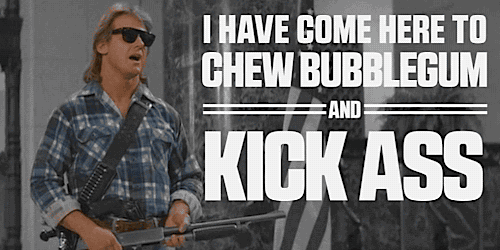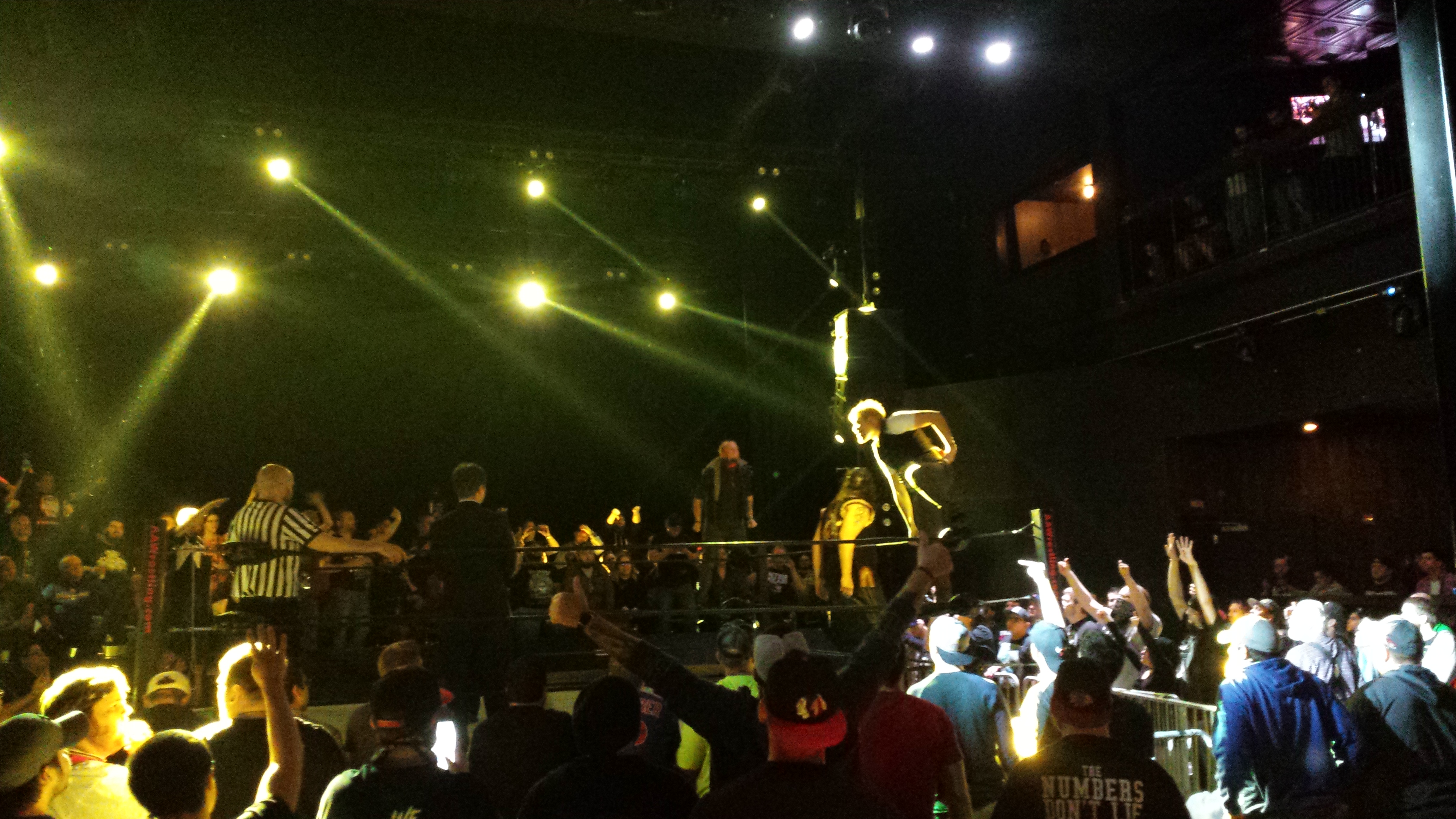Professional wrestling has been criticized for its emphasis on the fiction of its entertainment rather than the reality of its sport. My partner, Christopher Olson (Seems Obvious to Me), and I argue that professional wrestling functions as a convergent media product, representing a vital text for examining the media landscape of the 21st century.
The true nature of professional wrestling is in how it combines fiction with reality; it exists at the intersection of different identities, realities and conventions, which can seem oppositional to one another. When examined through the convergence of different identities, realities, and conventions, the true dialectical nature of professional wrestling emerges. Professional wrestling succeeds because of its ability to converge these different factors into a coherent post-modern and polysemic text with which an international polyvalent audience can identify and engage. This post will deconstruct this nature of professional wrestling by considering the various factors that are converging to construct the texts, practices and experiences of sports entertainment.





